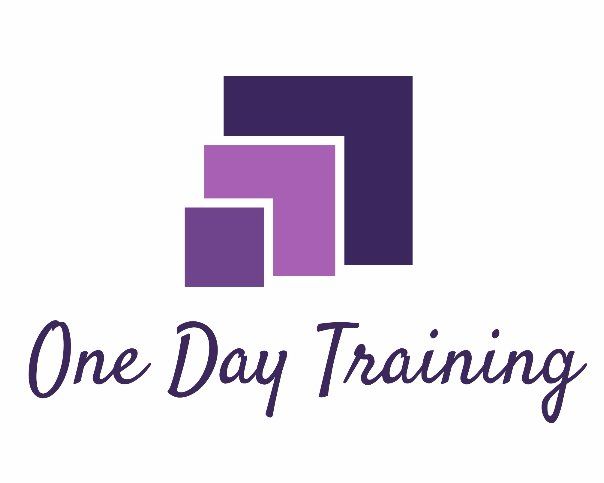Risk Identification - should stakeholders help?

Some say that risk identification and mitigation is one of the worst implemented project management processes within their organisation. Let’s face it; it’s time consuming, if a project risk register is actually created – no one keeps it up to date, some events are too generic and difficult to plan for and other risks are hard to quantify.
Then there is the question of how many people should the project manager consult or collaborate with to identify the risks? Should she get all stakeholders together to work through the ‘black hat / worst case scenarios’?
“A pessimist is an optimist with experience.” – Colleen Wilcox
The answer is: ‘it depends.’ How risk averse is the organisation? How willing are they to gamble their reputation, money or outcomes on the project? If they are willing to take the risk then go with just a few key stakeholders in a small risk workshop. If not, cast your net widely to get a broad coverage of people to ensure a variety of views. However, do watch out for redundant participants, you don’t need two people from the same department.
Think of the risk identification and mitigation workshop as insurance. You will think about, then describe the risk, decide on the likelihood and impact and give it a score. Then work on the mitigation activities. Getting input from others is valuable when trying to work out what to do about a risk to minimise either the impact or likelihood. Kiron Bondale says “The very definition of a project favours things to go wrong as we are trying to create a unique product, service or result.”
Another benefit of having stakeholders present at a risk workshop is that you will get more information about their attitude and belief in the project. Are they a supporter or detractor from the likely outputs of the project? They will share more in a workshop than a one-to-one conversation about their involvement. Pay attention to their words and stance as they discuss a risk strategy – are they leaning forward and interested or sitting back and disengaged? This will tell you a lot about their bias.
Do you agree?
Bondale, K. D. (2021) Easy in Theory, Difficult in Practice. Tellwell Talent, Canada
Image credit: Image by Steve Buissinne from Pixabay
Ideas, views and other weird stuff. Search the blog:











